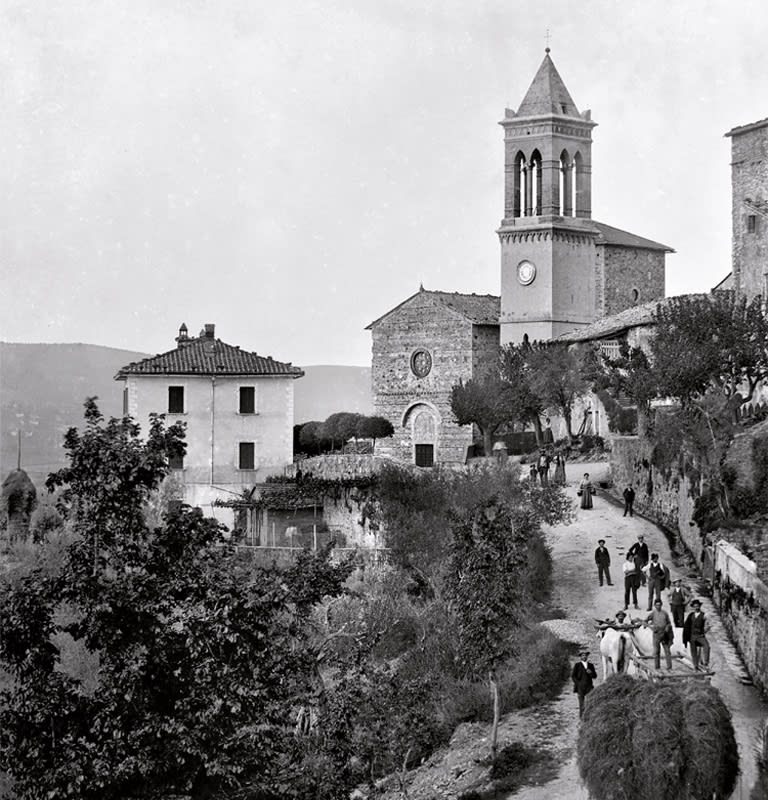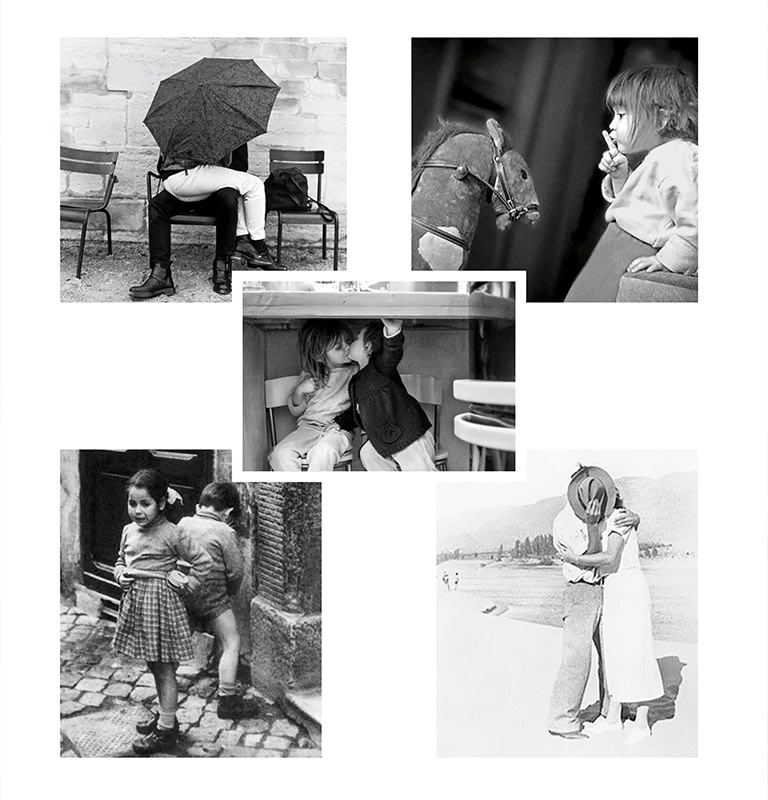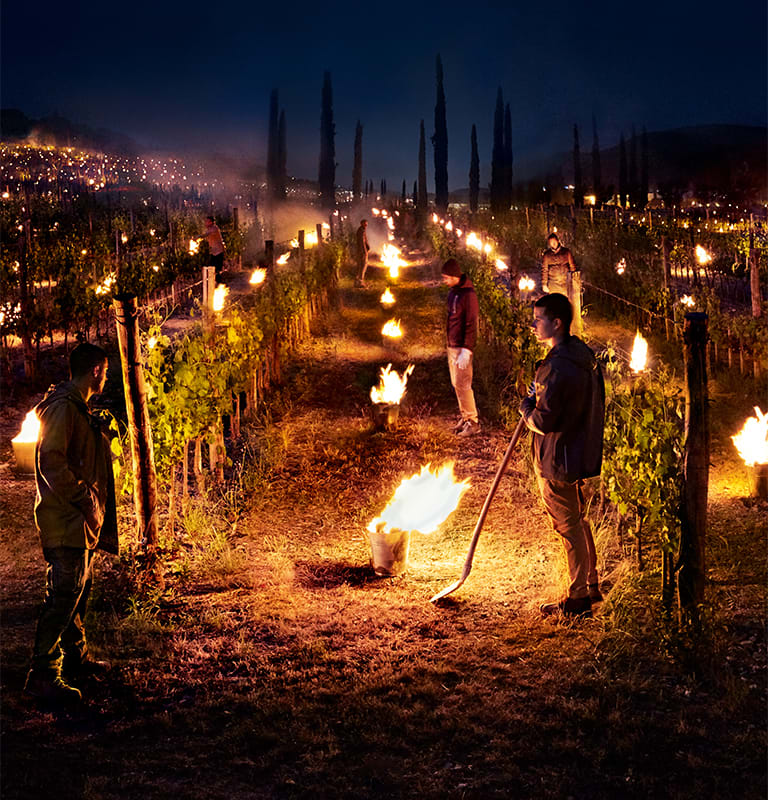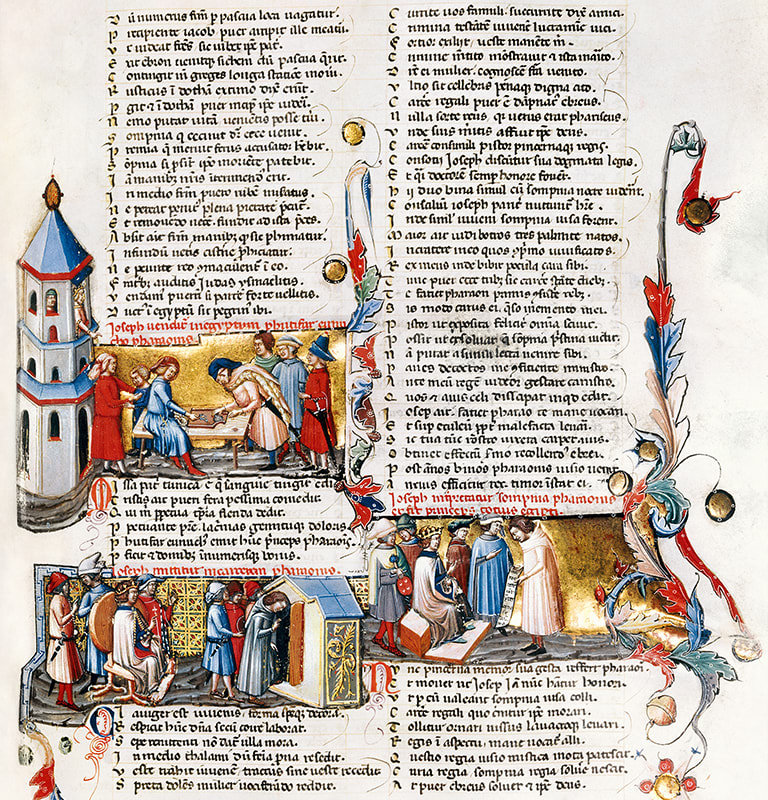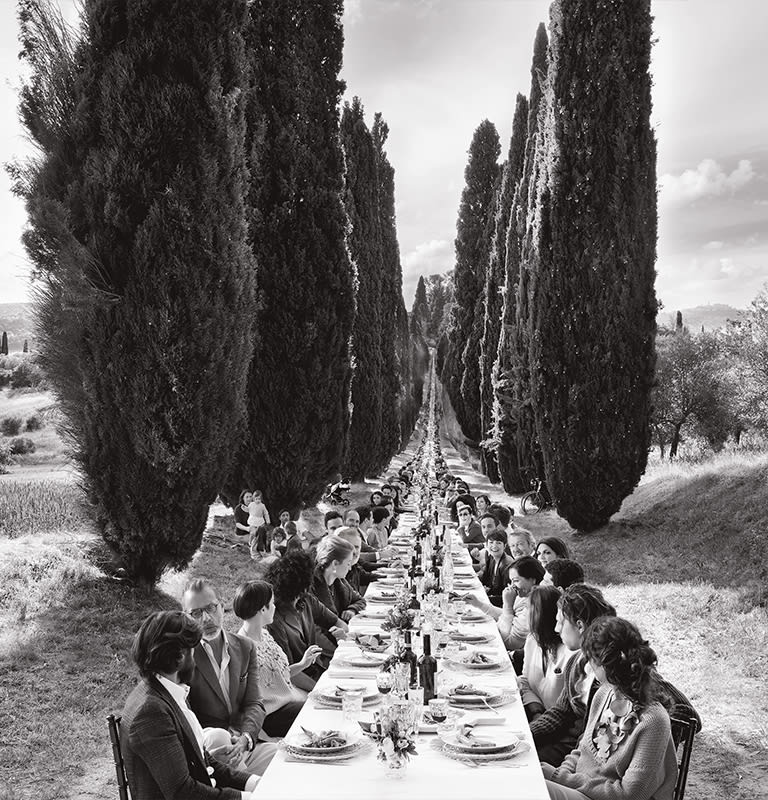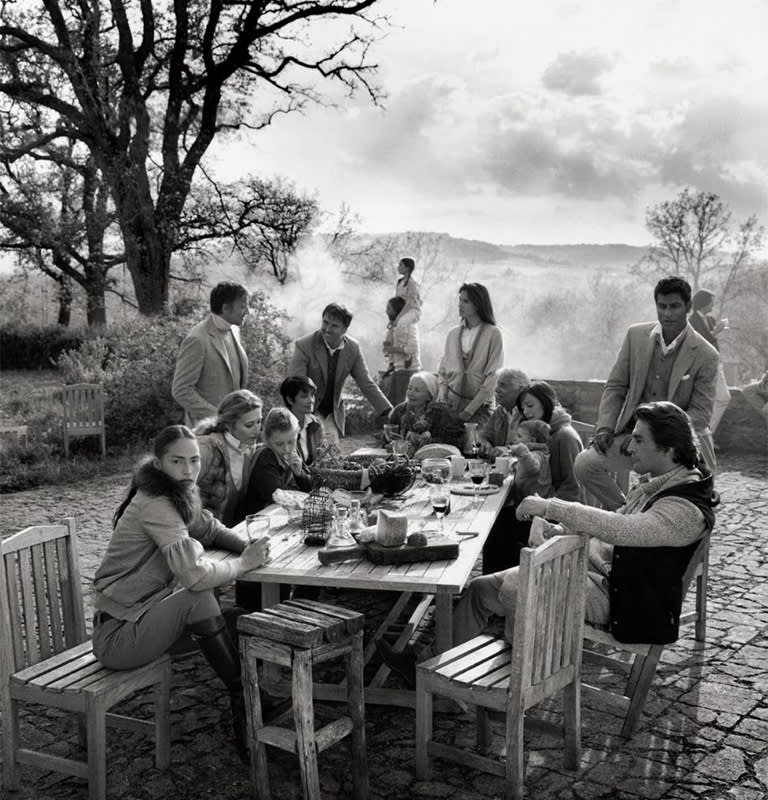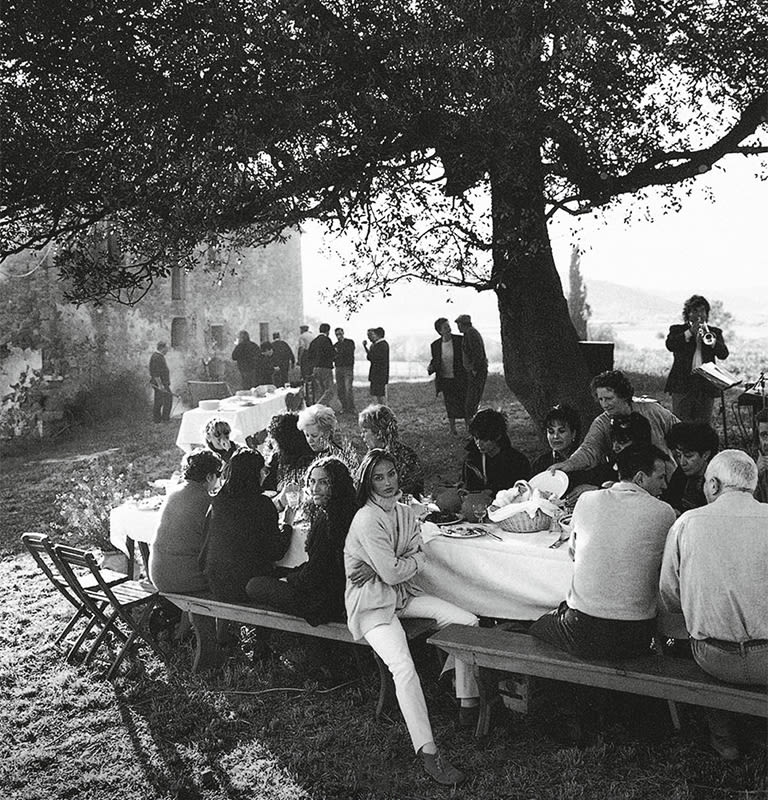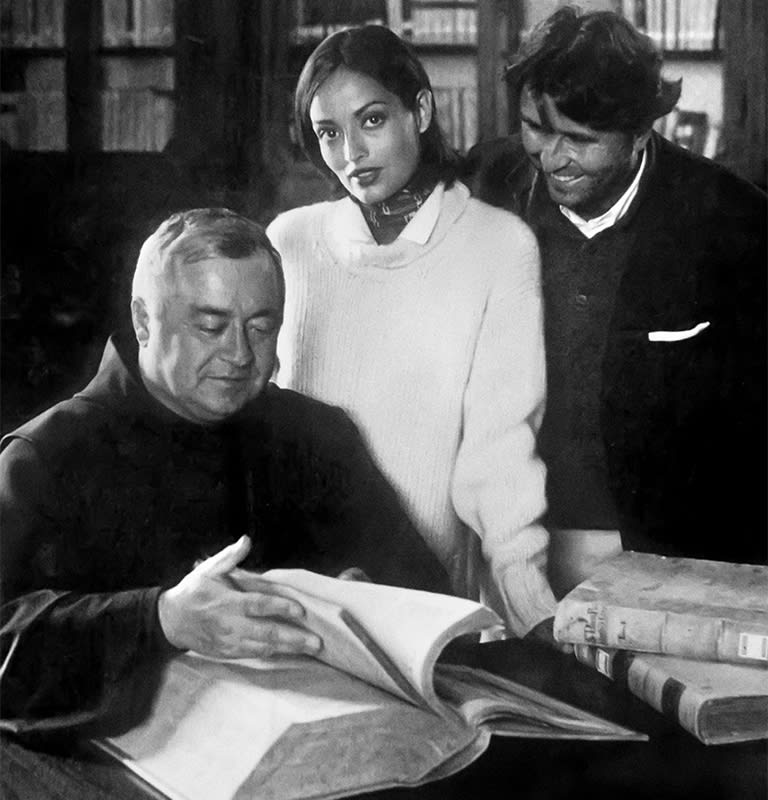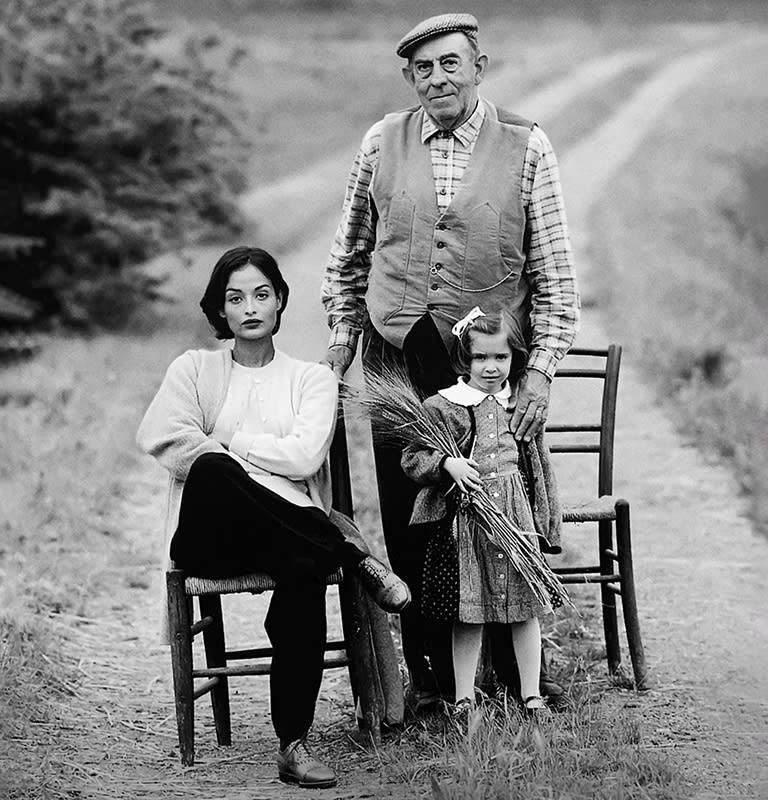label.skip.main.content
"Magnum miraculum est homo."
Fall-Winter 2004
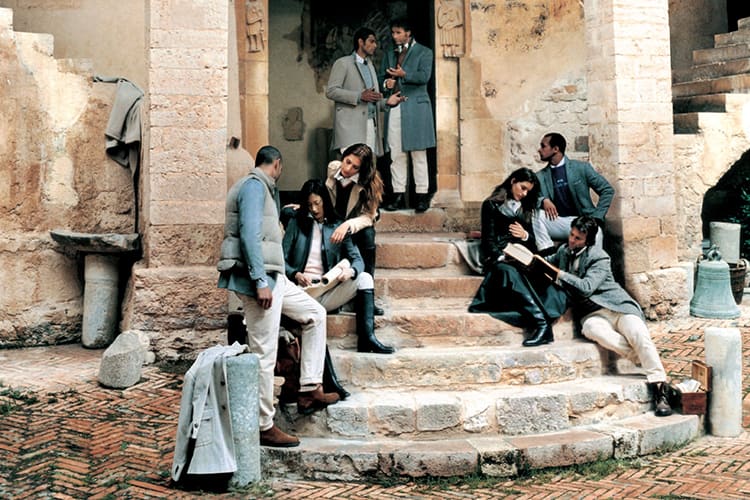
We must forsake anger. Saint Peter, who succumbed to it when he attacked the Roman soldier who captured Jesus, later condemned enraged people on whom the sun will set in the afternoon, meaning much earlier than night. Darkness blinds the furious man. Christian condemnation of anger is also found in Gandhi’s thoughts. Reflecting Oriental spirituality, he dreamed of transforming this feeling that, if dominated, becomes a fundamental moment which generates true strength. This perspective is not far from scientific studies that consider anger a consequence of frustration, which shows that the true victim of anger is its perpetrator.
Legend has it that the San Pietro in Valle Abbey, which sits below Mount Solenne in Umbria, was built after Saint Peter the Apostle appeared in a dream to Faroaldo II, the Longobard Duke of Spoleto, who created the abbey and monastery in the 7th century by enlarging an existing hermitage. Anchorite monks and hermits traveled to these locations with magnificent scenery, so close to heaven, as their chosen places for reconciliation.
The pilgrim is a figure that symbolically represents the situation of humans on earth who endure a period of tribulation to gain entrance to the Promised Land or Paradise Lost. The pilgrim is aware of the transitory nature of life and has ambitions of a higher nature. He makes his voyage in poverty, and his walking stick represents both the test of patience and privation.
In this era that witnesses uncontrollable episodes of horror and atrocity, we are driven by a need for peace towards this place of awesome beauty and significance. Pilgrims to San Pietro in Valle, men and women from regions around the globe, each with their own creed, come here to seek that peace, which is the foundation of reconciliation between human beings.



